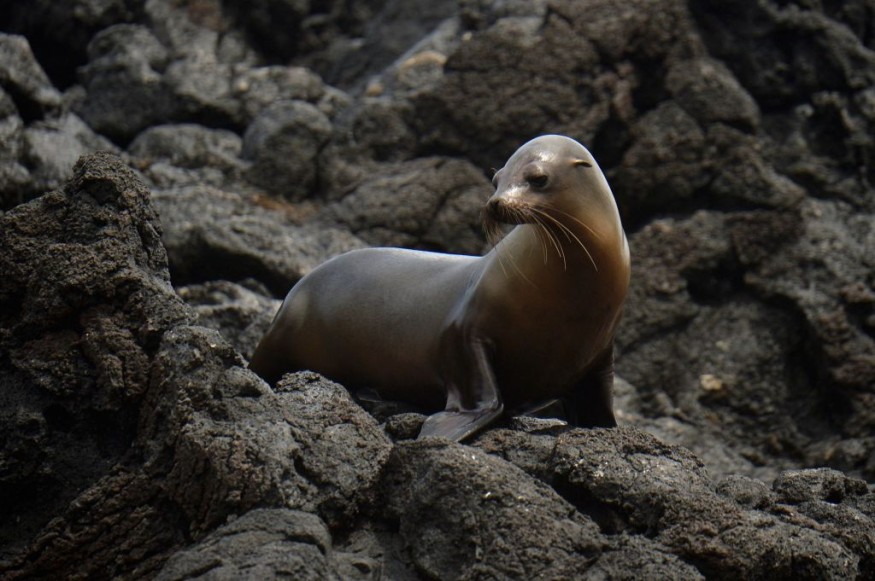A disturbing shot that won the "Aquatic Life" category in a photo competition depicts a sea lion body being devoured by at least a dozen different colored starfish on the seabed of Monterey Bay in California.
Wildlife photographer David Slater took the unsettling image, which he then entered in the Big Picture Competition of the California Academy of Science.
Daily Mail said the vibrant orange, pink, and blue starfish are recognized ocean scavengers, which convert the corpse into energy and nutrients reintroduced to the marine food system.

Starfishes Devour a Lifeless Sea Lion
David Slater, a renowned wildlife photographer, captured a picture of what seems to be dozens of bright starfish consuming a dead sea lion.
According to ScienceAlert, the sea stars, also called bat stars (Patiria miniata), appear to be flocking around the dead sea lion on the Californian bottom.
"I knew this image was special when I first published it, but words cannot even describe how I feel taking first place in such a prestigious contest," Slater wrote in an Instagram post.
The image explained that "beauty and adventure can be found in unexpected places," he added.
Despite its tragic situation, the sea lion returns to the ocean it once called home.
The body is being slowly consumed by the bat stars, who benefit from the nutrition it contains and the refuge it gives to other marine life.
Additionally, it demonstrated how important bat stars are in converting sea lion waste into nutrients and energy.
The specific reason for the creature's demise is unknown. However, it is presumed that either manmade or natural events, such as vessel strikes, plastic ingestion, or entanglement in fishing gear, contributed to its demise.
Meanwhile, the Big Picture assured on its official website that the sea lion is giving back to the community with which it once swam despite the melancholic scene.
Big Picture added that any number of species, large and tiny, will be able to obtain food and refuge from the debris once the bat stars have had their fill for years to come.
Sea Lions and Bat Stars
The size of the California sea lion population is rapidly growing. However, climate change may also pose a threat to bat stars.
According to the National Marine Sanctuary Foundation, a new illness called sea star wasting syndrome, which first appeared in Alaska in 2013, may be related to the rising water temperature.
Bat stars are crucial scavengers that control the food chain in this maritime habitat.
Sadly, according to Monterey Bay Aquarium, their species is one of several known to be at risk from the bacterium-caused sickness.
According to the National Park Service, the sickness causes unnaturally twisted arms, white lesions, deflation of the arms and body, arm loss, and bodily disintegration, "which is almost always fatal."
RELATED ARTICLE : Coral Reefs in More Polluted, High Traffic Water Handled Extreme Heats Better Than Untouched Environments
Check out more news and information on Animals in Science Times.
© 2025 ScienceTimes.com All rights reserved. Do not reproduce without permission. The window to the world of Science Times.











